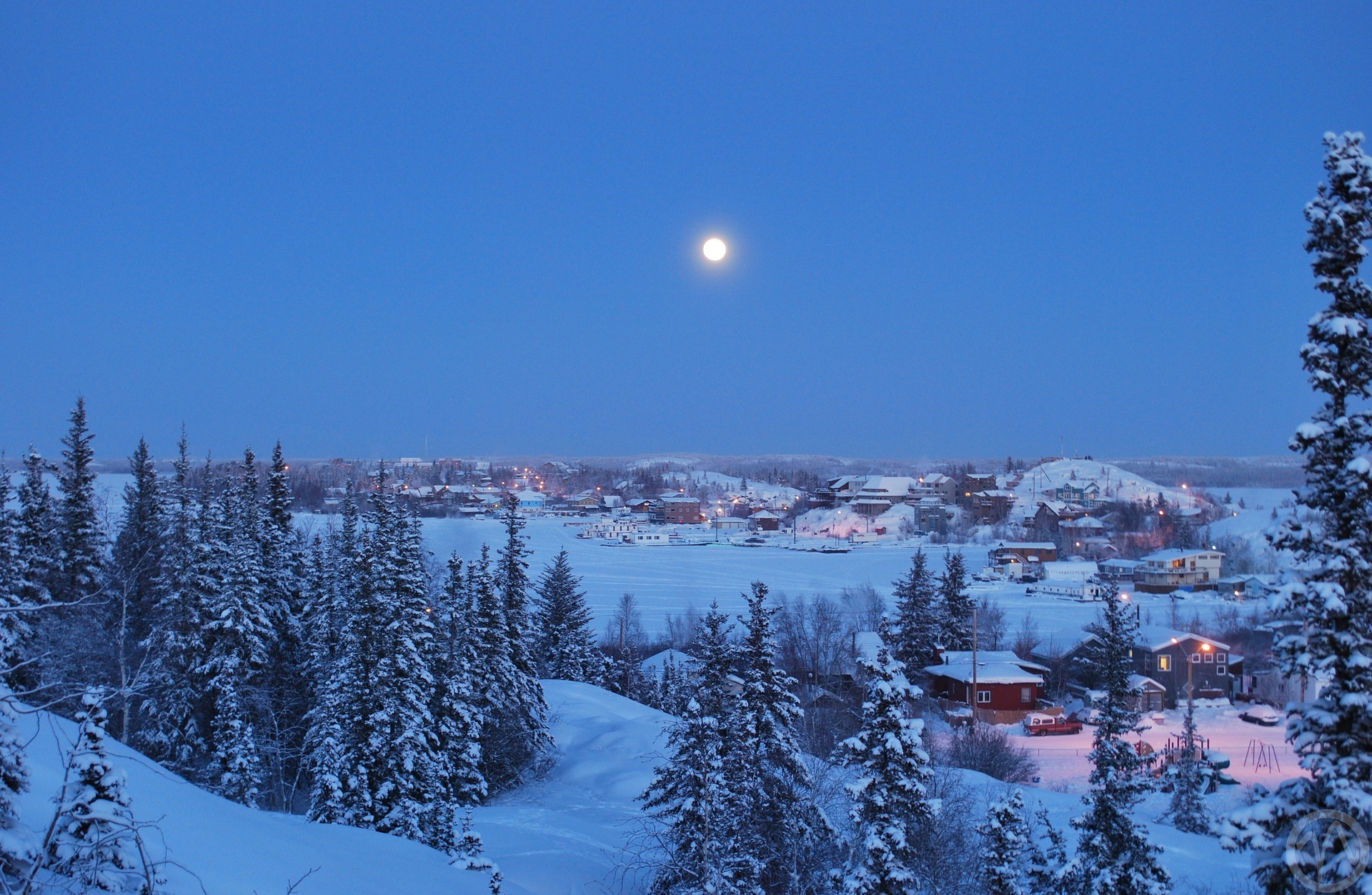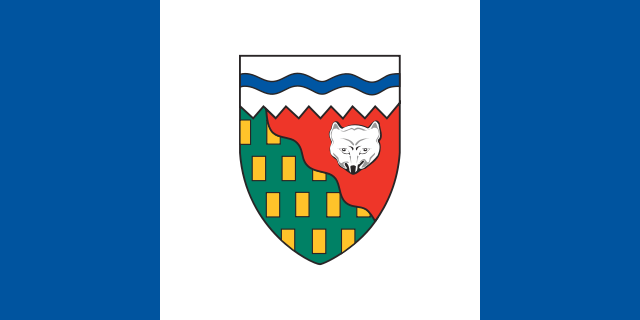Canada’s Arboreal Emblems:
Northwest Territories — Tamarack (Larix Laricina)
Return to our Arboreal Emblems of Canada resource homepage here:
Canada’s Arboreal Emblems →

Return to our Arboreal Emblems of Canada resource homepage here:
Canada’s Arboreal Emblems →


Tamarack is a small to medium-sized, upright, deciduous conifer. It is one of the few conifers to lose its needles each fall. It has a straight bole with a narrow pyramidal crown. Trees generally reach 15-25 m in height and 30-40 cm in diameter. The maximum age for tamarack is normally about 150 years. The needles are flattened above, keeled below and 2-5 cm in length, and occur in tufts of 15 to 60. They turn golden yellow and are shed in the fall. Mature, light brown, ovoid cones are 1-2 cm long. The young bark is gray, turning reddish-brown and scaly with age. Tamarack is frequently found in bogs and swamps. It is not generally used for landscaping. Hardiness zone 0.
The wood: The coarse, textured heartwood is yellowish-brown to russet-brown in colour and the sapwood is whitish and narrow. Because the wood is fairly heavy, durable, and decay-resistant, it is used for posts, poles, mine timbers, and railroad ties. It is used less commonly for lumber, fuel and pulpwood, boxes, crates, and pails. In the Arctic, young tamarack stems are used for dogsled runners, boat ribs, and fish traps; duck and goose decoys are also made from tamarack branches. Aboriginal people also used the roots for cordage, the wood for arrow shafts, and the bark for medicine.
Tamarack is distributed across most of northern North America. It occurs from Newfoundland and Labrador northwest across northern Canada to the northern Yukon Territory, south to northeastern British Columbia and central Alberta, southeast to southern Minnesota, Wisconsin, and northeastern Illinois, and east to New England.